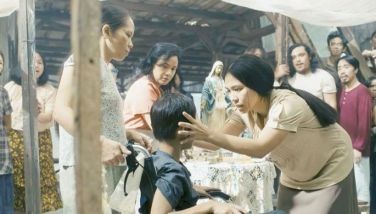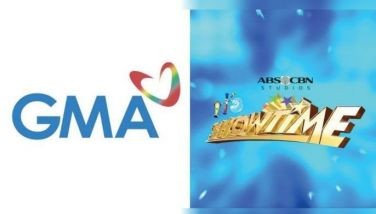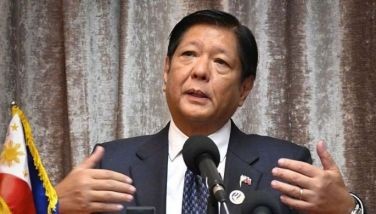Wanted: A national artist of the people
National Artist Awards season must be upon us, from the exposure and debate surrounding the names of Dolphy, Nora Aunor and Vilma Santos in the film category. This reminds us once again of the controversy stirred by former President Gloria Arroyo’s proclamation of Carlo Caparas in the category of Visual Arts and Film via her Presidential prerogative. And again, we recall the case of Francisco V. Coching in the same category as that of Caparas, which didn’t provoke an iota of reaction, and made us wonder if being reviled would have been better than being ignored. At least Carlo could speak out and defend himself, an option that one ignored wasn’t given.
Whenever the word Komiks is mentioned, it used to be in the same breath as de classe or belonging to the lower class. Undervalued as an art genre below painting, sculpture and literature, there is, however, no denying its impact internationally with Filipino illustrators exported to the likes of DC Comics and Marvel, and domestically through countless Tagalog films and teleseryes integrated into our culture as folklore just as Tolkien’s Lord of the Ring in Britain.
So, when Coching’s name came up in 1999 and 2001 and got swept under the rug, we wondered what it was that both National Commission on Culture & the Arts (NCCA) and the Cultural Center of the Philippines (CCP), tasked with deciding on our National Artist, found wanting in him.
Eligible for awards are artists with significant contributions to the cultural heritage of the country; Filipino artistic accomplishment at its highest level which promotes creative expression significant to the development of a national cultural identity; and Filipino artists who have dedicated their lives to their works to forge new paths and directions for future generations of Filipino artists.
Known as the Grandfather of Philippine Komiks, Coching has inspired a generation of illustrators, readers, filmmakers through 60 graphic novels over four decades. Obviously, in all categories Coching is eligible and more. He paid homage to Lapu-Lapu known as the first Filipino hero, and El Vibora set in the country’s era of uprising against Spain, centering on the life of nationalist holdout Artemio Ricarte. He situated his stories in important periods in our history, the 300 years of Spanish colonial rule, the Japanese period, the American era, with an observation and authenticity the best history books could never muster. And this, our leading film directors recognized as they celebrated his works in film among them Gerry de Leon (Pedro Penduko), Bert Avellana (Satur and Lapu-Lapu), Eddie Romero (Maldita) and Ishmael Bernal (El Vibora), all national artists.
It is significant to point out that Coching was not only a master illustrator and storyteller, but a prognostic as well, through his most popular work Pedro Penduko, extensively recreated on television and film. As the town’s simpleton who loses his innocence, he is (in Patrick Flores’ hardbound “The Life and Art of Francisco Coching) “a veritable precursor to Eddie Romero’s own sorties into nether worlds in Kamakalawa (1981) and the stalking of identity of the national Filipino in Ganito Kami Noon, Paano Kayo Ngayon (1976).”
Time and again we read of Coching’s style, his strength of line, the depth of his frames filled with energy and movement, a one-man show. His was the apex of a genre that inspired a multitude of young minds, whose only access to art was often through Komiks. “Coching was the center of Philippines’ visual culture,” wrote Cynthia Roxas and Joachin Arevalo in their book A History of Komiks of the Philippines and Other Countries. 
Illustration had its golden age in the ’30s with several national artists for painting (Botong Francisco and Vicente Manansala) employed in advertising, moonlighting as painters. While they sidelined in the higher arts, Coching stayed true to his medium and discipline, pulling stories from his mind and from the history of our nation; creating a following of hungry avid readers while instilling in their minds a sense of nationalistic fervor the colonial regime could not smolder. We are hoping that next time Coching’s nomination for national artist gets to the NCCA and CCP, perhaps the time has come for them to weigh his contribution to the Filipino nation without confining art to the beaux arts. Filipino komiks are stories inspired by events and people, the story of nation and nation building, through a medium that titillated the Filipino senses into realizing the beauty and wonder of being a Filipino.
(E-mail your comments to [email protected].)
- Latest
- Trending






























